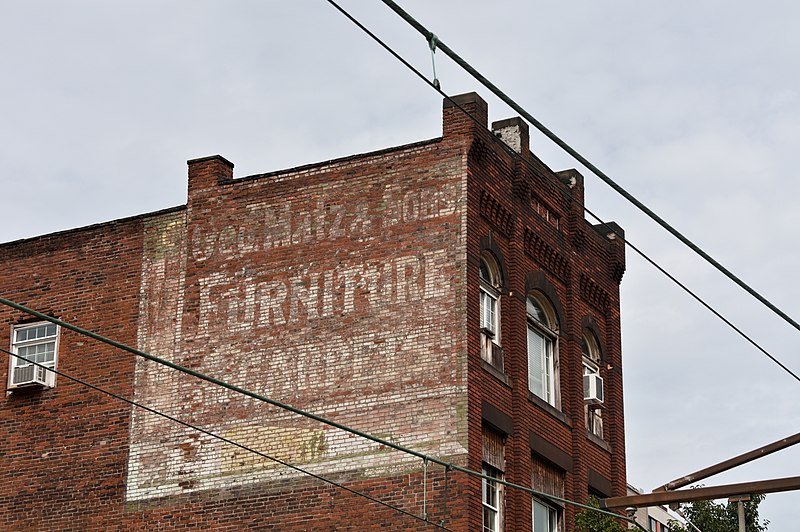
The Limbach Building is a good representative of what has been going on in Allentown over the past few years. Allentown was traditionally a German neighborhood, and the Limbach Building is a well-preserved example of the style old Pa Pitt calls German Victorian. Above we see it as it was just a few days ago; below in July of 2021. The building is in better shape now, and the downstairs tenant—a gym called “Death Comes Lifting,” whose slogan is “Fitness for the Misfits”—is weirder. Thus the whole progress of the Allentown business district is epitomized in one building: better and weirder.


It is especially cheering to see that someone is taking good care of the distinctive dome on the turret. The building would lose half its German flavor without that detail.

Old Pa Pitt is also happy that the corner entrance has never been filled in.
Comments

























